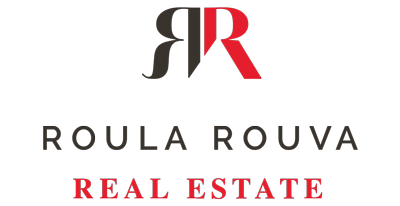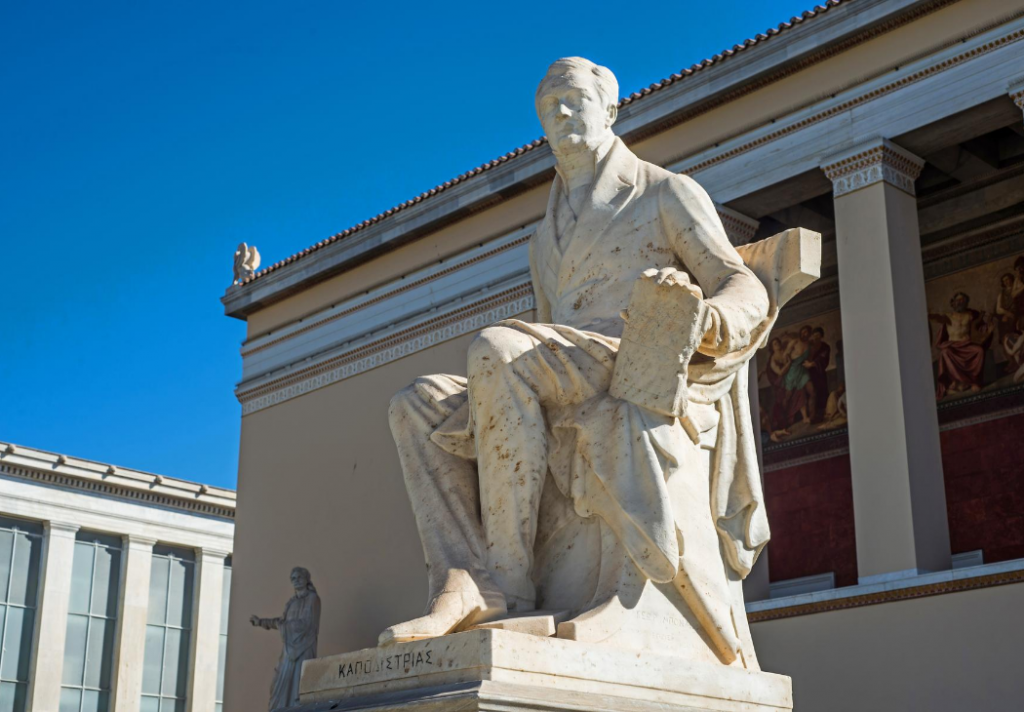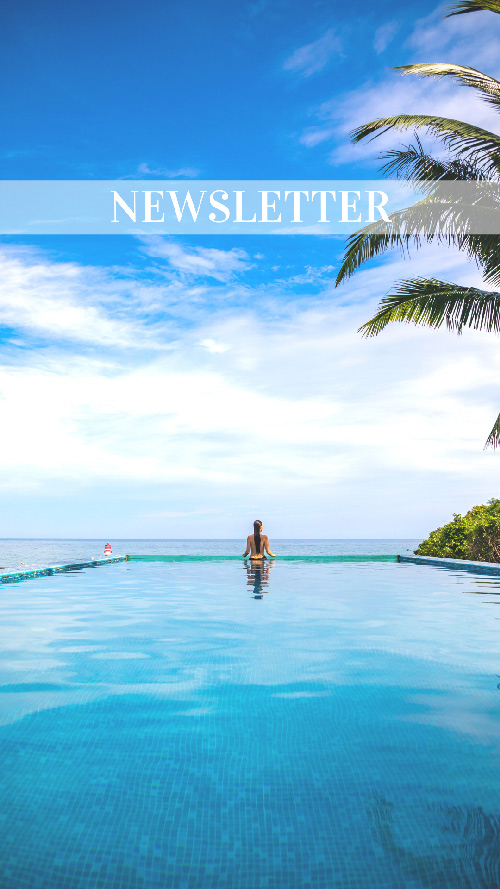Corfu honors its greatest sons
Native sons of Corfu played a proportionally very strong role in the establishment of the modern Greek state.
This can mainly be attributed to the fact that Corfu had never been overran by the Ottoman empire, and that, as a result of its four-century long links with Venice, it shared liberally and beneficially in the fruits of the Renaissance and Western progress.
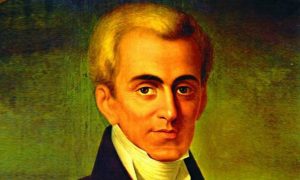
The Museum of Ioannis Kapodistrias and the Center of Kapodistrian Studies near Evroupouli, in a house previously owned by the Kapodistrias family, honors the first governor of an independent Greece. Some of his personal belongings and furnishings of that period are on view.
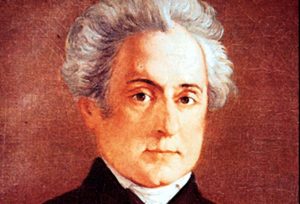
The music museum named after Nikolaos Mantzaros, the first director of the Corfu Philharmonic Society and the composer of the Greek national anthem, is housed in the Society’s building in Corfu Town.
It tells the story of the Philharmonic Society by means of old musical instruments, photographs, sheet music, rare first recordings and other objects related to the composer’s work.
Corfu was also the home of the first-ever Greek bank, the Ionian Bank.
Currently the Museum of Banknotes, housed in the bank’s original building, features a wide-ranging collection of Greek and international bank notes, including a Chinese note from ca. 1300, one of the oldest known notes.
Considering the head-start Corfu had when the Ionian Islands were united with Greece in 1864, it is no small wonder that the Greek government of the day summarily closed down the Ionian University, merging it with the Kapodistrias University in Athens.
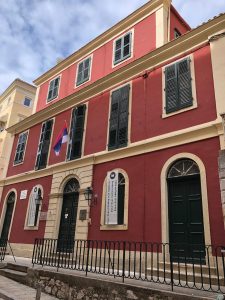
The Serbian Museum commemorates the three tragic years during the First World War when the Serbian government and the remnants of its army found refuge in exile on Corfu after Austria-Hungary conquered their country in 1915. It has a collection of Serbian army uniforms, arms and ammunition, regimental flags, photographs and other related objects on display.
Considering the historic and central role of the olive industry in the economy of Corfu, it would be an oversight not to have an Olive Museum, and the one in Kinopiastes presents as its main exhibition a well-maintained traditional oil mill.
Smaller collections like the one at Fundana villa in Liapades, where the leading Corfiot painter-aquarellist Angelos Giallinas once lived, also keep alive the memories of the days when hundreds of oil mills were scattered all over the island.
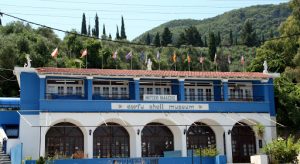
The Corfu Shell Museum, hosted in a hotel in Benitses, is acclaimed as one of Europe’s largest shell collections, including some rare and striking specimens largely from the Indian and Pacific Oceans.
